Biofeedback and pain management are gaining recognition as a highly effective natural approach to treating various types of pain. Unlike traditional pain relief methods that often rely on medication, biofeedback pain management empowers individuals to take control of their physiological responses, helping to reduce pain and improve overall well-being. By using biofeedback for pain management, patients can learn to regulate body functions such as muscle tension, heart rate, and respiration, which are crucial in how pain is experienced. The increasing popularity of pain management devices, such as the Neurotrac Simplex EMG Biofeedback machine and the HeartMath HRV Biofeedback device, highlights the growing interest in non-invasive, drug-free solutions for pain relief. These devices provide real-time feedback, allowing users to train their bodies to achieve relaxation and pain reduction, offering a promising alternative to conventional pain treatments.
Table of Contents
Toggle- What is Biofeedback and How Does It Help with Pain Management?
- How Biofeedback Works to Relieve Pain
- What Are the Best Biofeedback Modalities for Pain Relief?
- Which Types of Pain Can Biofeedback Treat Effectively?
- How to Choose the Right Biofeedback Device for Pain Relief
- How Each Biofeedback Modality Reduces Pain
- What Are the Common Uses of Biofeedback for Pain Management?
- Contraindications for Biofeedback in Pain Management
- What Are the Best Biofeedback Pain Management Devices?
- Why Biofeedback is the Future of Pain Management
- Effectiveness of Biofeedback Modalities for Pain Relief
- EMG Biofeedback for Muscle Pain and Tension
- Respiration Biofeedback for Stress-Related Pain
- HRV Biofeedback for Chronic Pain Relief
- Skin Temperature Biofeedback for Circulation and Pain Relief
- General Effectiveness of Biofeedback for Pain Management
- Frequently Asked Questions About Biofeedback and Pain Relief
- Biofeedback Home-Use Device for Pain Relief
- Best Posture Corrector with Vibration Alerts
- HeartMath Inner Balance for Focus & Calm
- BioSignals 5 Biofeedback Sensors Device
- NeuroTrac EMG Biofeedback Equipment
What is Biofeedback and How Does It Help with Pain Management?
Biofeedback is a cutting-edge, natural approach to improving health by teaching individuals to control physiological processes that are typically involuntary, such as muscle tension, heart rate, breathing patterns, and skin temperature. Through specialized biofeedback devices, individuals receive real-time feedback about these bodily functions. This empowers them to make conscious adjustments, ultimately improving their physical and mental well-being.
Understanding Biofeedback Techniques
Biofeedback techniques involve sensors that monitor physiological responses. For example, an EMG (Electromyography) biofeedback machine measures muscle activity, while respiration biofeedback devices track breathing patterns. Heart Rate Variability (HRV) biofeedback focuses on improving the balance between the sympathetic and parasympathetic nervous systems, and skin temperature biofeedback evaluates blood flow and stress levels.
These methods help individuals recognize how their bodies respond to pain and stress, enabling them to regain control and reduce discomfort. Unlike medications, biofeedback techniques are non-invasive and free from side effects, making them an attractive alternative for pain management.
Why Biofeedback is an Effective Natural Pain Relief Method
Biofeedback for pain management addresses the root cause of pain rather than just masking symptoms. By promoting relaxation, reducing muscle tension, improving circulation, and regulating stress responses, biofeedback helps the body heal itself. For instance, EMG biofeedback is particularly effective for managing musculoskeletal pain, while HRV biofeedback can help with stress-induced pain.
Furthermore, biofeedback pain management empowers individuals to participate actively in their healing process. This sense of control reduces pain and improves overall quality of life. As a drug-free method, it is suitable for people seeking long-term relief from chronic pain without the risks associated with medication.
How Biofeedback Works to Relieve Pain
Biofeedback offers a science-backed, natural approach to pain relief by teaching individuals to regulate their body’s physiological responses to pain and stress. Using specialized biofeedback devices, real-time data is displayed, helping users understand how their body reacts to different stimuli. This information allows them to consciously modify behaviors and processes, such as muscle tension or breathing, to alleviate discomfort.
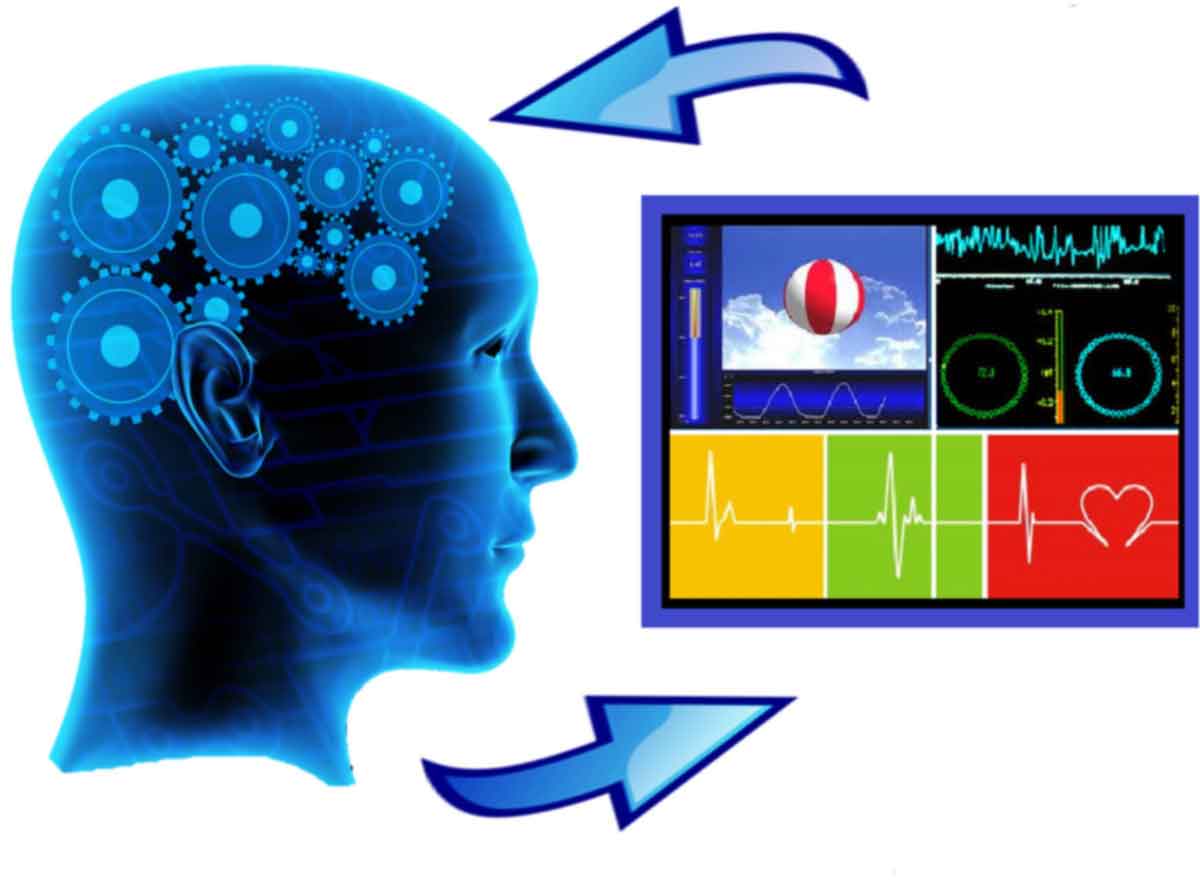
The Science Behind Biofeedback for Pain Management
Stress, muscle tension, poor circulation, or an overactive nervous system often amplifies pain. Biofeedback for pain management targets these underlying factors. For example, EMG biofeedback helps monitor and reduce excessive muscle activity, a common contributor to chronic pain. Similarly, HRV biofeedback improves heart rate variability, enhancing the body’s ability to manage stress and regulate pain signals.
By focusing on specific physiological processes, biofeedback teaches individuals how to restore balance in their body. For instance, skin temperature biofeedback promotes better circulation by training users to relax and improve blood flow, reducing pain caused by poor vascular function. Meanwhile, respiration biofeedback helps optimize breathing patterns, reducing pain intensity and improving relaxation.
Key Benefits of Biofeedback in Pain Reduction
One of the most significant benefits of biofeedback pain management is its ability to provide long-term relief without relying on medications. It helps break the cycle of pain and stress by addressing their root causes. Additionally, biofeedback empowers users with greater awareness and control over their bodies, leading to improved overall well-being.
Biofeedback is versatile and practical for various pain types, including chronic pain, migraines, and muscle tension. Its non-invasive nature makes it an appealing solution for anyone looking for sustainable, drug-free pain relief.
What Are the Best Biofeedback Modalities for Pain Relief?
Biofeedback pain management uses different modalities to target specific types of pain. Each modality focuses on a unique physiological process, offering tailored solutions for muscle pain, stress-related discomfort, chronic pain, and circulation issues. Understanding how these biofeedback modalities work can help you choose the most effective one for your needs.
Using EMG Biofeedback Therapy for Muscle Pain and Tension
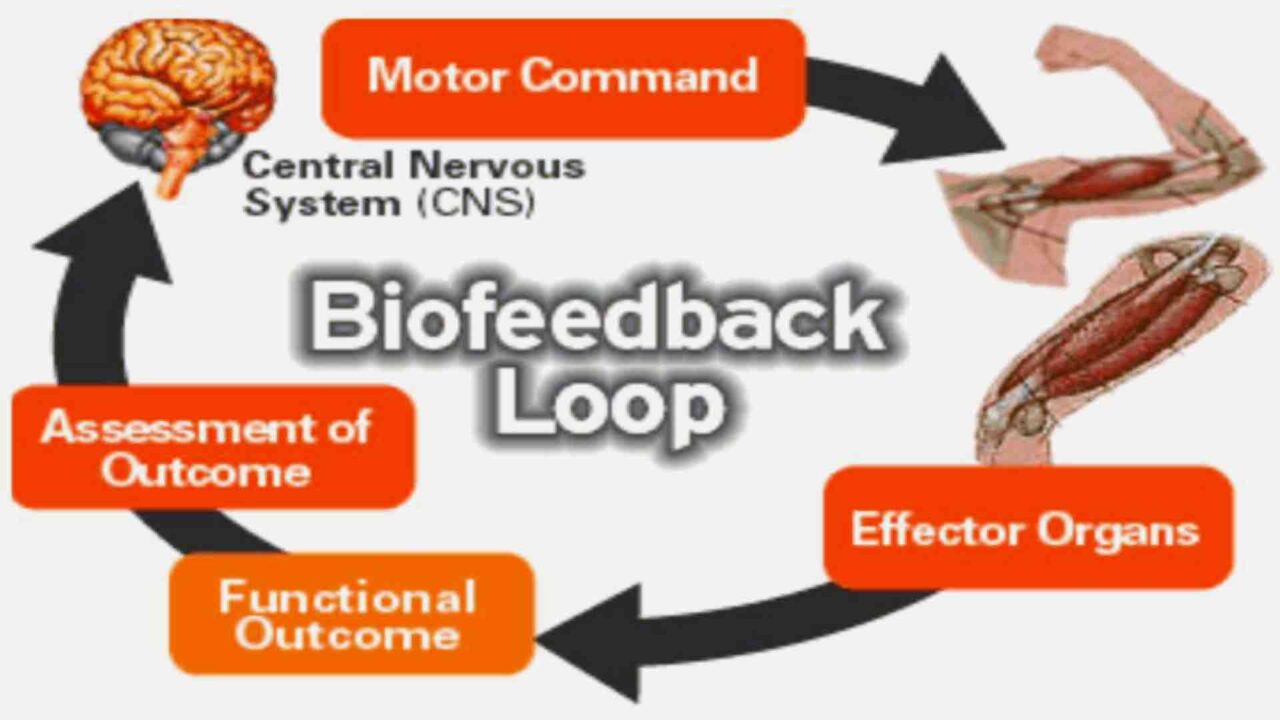
EMG (Electromyography) biofeedback is highly effective for muscle-related pain and tension. Devices like the Neurotrac Simplex monitor electrical activity in the muscles, allowing users to identify and reduce unnecessary tension. This is particularly useful for conditions like back pain, neck stiffness, and tension headaches. Users can alleviate pain and prevent future discomfort by learning to relax overactive muscles.
Respiration Biofeedback for Stress-Related Pain
Stress and improper breathing patterns often contribute to pain, especially in headaches, chest tightness, or generalized discomfort. Respiration biofeedback devices, such as the BioSignals 5 Sensor device, train users to develop more profound, consistent breathing patterns. This reduces stress and helps mitigate pain associated with anxiety and shallow breathing.
HRV Biofeedback to Manage Chronic Pain
HRV (Heart Rate Variability) biofeedback is an effective tool for managing chronic pain. The HeartMath HRV Biofeedback device helps users balance their autonomic nervous system, improving their body’s ability to handle stress and pain signals. This modality is particularly effective for conditions like fibromyalgia, arthritis, and other chronic pain disorders.
Skin Temperature Biofeedback for Circulation and Pain Relief
Skin temperature biofeedback focuses on improving circulation, which can reduce pain caused by poor blood flow. The BioSignals 5 Sensor Biofeedback device teaches users to relax and improve vascular function consciously. This is especially helpful for conditions like Raynaud’s disease, migraines, and cold-induced pain.
Which Types of Pain Can Biofeedback Treat Effectively?
Biofeedback has proven to be a powerful tool for managing various types of pain by addressing its underlying causes. This non-invasive, drug-free approach can alleviate chronic conditions, musculoskeletal discomfort, and even stress-related pain. Below are some of the most common pain types effectively treated with biofeedback pain management techniques.
Managing Chronic Pain with Biofeedback
Biofeedback for pain management is particularly effective for chronic pain conditions like fibromyalgia, arthritis, and lower back pain. Biofeedback reduces the intensity and frequency of chronic pain episodes by teaching individuals to regulate physiological processes such as heart rate, breathing, and muscle tension. HRV biofeedback, for example, helps improve the body’s stress response, a key factor in managing persistent pain.
Relieving Musculoskeletal Pain with EMG Biofeedback
EMG biofeedback is ideal for addressing pain related to muscle tension, stiffness, and injuries. The Neurotrac Simplex Muscle EMG Biofeedback machine monitors muscle activity, enabling users to identify and relax overactive muscles. This technique is highly effective for conditions such as tension headaches, neck pain, and sports-related injuries, promoting both pain relief and faster recovery.
Using Biofeedback for Headaches and Migraines
Migraines and tension headaches often stem from stress, poor circulation, or muscle tension. Skin temperature biofeedback and EMG biofeedback are particularly helpful for these conditions. Improving blood flow and reducing tension in the head, neck, and shoulders can significantly lower the frequency and severity of headaches.
Treating Stress-Related and Psychosomatic Pain
Stress-related and psychosomatic pain, such as chest tightness or gastrointestinal discomfort, can be effectively managed with respiration and HRV biofeedback. These modalities train users to manage stress and improve autonomic nervous system balance, reducing the physical manifestations of stress.
How to Choose the Right Biofeedback Device for Pain Relief
Selecting the right biofeedback device depends on your specific condition, goals, and preferences. With various pain management devices available, understanding how each modality works can help you make an informed decision that aligns with your needs.
Factors to Consider for Pain Management Devices
When choosing a biofeedback device, consider the following:
- Type of Pain: Identify whether your pain is related to muscle tension, stress, circulation issues, or chronic conditions. This will determine which biofeedback modality is most appropriate.
- Ease of Use: Look for user-friendly devices, especially if you’re new to biofeedback. Many devices, like the BioSignals 5 Sensor biofeedback device, are designed for home use and include apps for real-time monitoring.
- Portability: If you need a device for use at home and on the go, choose a compact, lightweight option.
- Feedback Capabilities: Advanced features like app integration, detailed graphs, and customization options can enhance your biofeedback experience.
- Professional Guidance: If your condition is complex, consult a healthcare professional to ensure you select the most effective device.
Matching Biofeedback Modalities to Specific Pain Conditions
Each biofeedback modality targets specific pain conditions:
- Muscle Pain and Tension: The Neurotrac Simplex Muscle EMG Biofeedback machine reduces muscle-related discomfort, including tension headaches and back pain.
- Stress-Related Pain: The BioSignals 5 Sensor Respiration Biofeedback device helps regulate breathing and reduce stress-induced pain, such as chest tightness.
- Chronic Pain: The HeartMath HRV Biofeedback device is perfect for managing conditions like fibromyalgia or arthritis by improving autonomic nervous system balance.
- Circulation Issues: The BioSignals 5 Sensor Skin Temperature Biofeedback device treats migraines, Raynaud’s disease, and other circulation-related pain.
You can find the biofeedback device that offers the best natural relief by carefully considering your needs and pain type.
How Each Biofeedback Modality Reduces Pain
Biofeedback pain management relies on specific modalities to address the underlying causes of pain. Each modality targets unique physiological processes, offering a natural way to relieve pain. Let’s explore how these techniques work to reduce discomfort effectively.
EMG Biofeedback: How It Relaxes Tight Muscles
EMG biofeedback, such as that provided by the Neurotrac Simplex EMG Biofeedback device, helps monitor and regulate muscle activity. Users can learn to relax overworked or strained muscles by detecting excessive muscle tension. This is especially beneficial for conditions like tension headaches, neck pain, and back pain. Over time, consistent EMG biofeedback practice can prevent chronic muscle tightness and improve overall mobility.
Respiration Biofeedback: Controlling Breathing for Pain Relief
Respiration biofeedback trains users to develop more profound, more rhythmic breathing patterns. BioSignals 5 sensor device monitors breathing and provides real-time feedback. This modality is highly effective for stress-related pain, such as chest tightness and headaches, as controlled breathing lowers stress hormones and promotes relaxation.
HRV Biofeedback: Improving Heart Rate Variability to Manage Pain
HRV biofeedback, delivered by the HeartMath HRV Biofeedback device, helps balance the sympathetic and parasympathetic nervous systems. This enhanced balance allows the body to manage pain more effectively. HRV biofeedback is particularly useful for chronic pain conditions, such as fibromyalgia and arthritis, by reducing the perception of pain and enhancing resilience to stress.
Skin Temperature Biofeedback: Enhancing Circulation for Pain Reduction
Skin temperature biofeedback teaches users to regulate blood flow by increasing peripheral circulation, thereby enhancing overall well-being. The BioSignals 5 sensor device can help alleviate conditions such as migraines, Raynaud’s disease, and cold-related pain. By warming the extremities and improving blood flow, this modality reduces discomfort caused by poor circulation.
What Are the Common Uses of Biofeedback for Pain Management?
Biofeedback techniques offer targeted solutions for various pain-related issues. Each modality has unique applications, making it a versatile tool for addressing different types of discomfort. Here’s how biofeedback can be used effectively for pain relief.
When to Use EMG Biofeedback Therapy for Pain Relief
EMG biofeedback is best suited for conditions involving muscle tension and overuse. It is commonly used for:
- Tension headaches are caused by tight neck and shoulder muscles.
- Back pain stemming from poor posture or muscle strain.
- Rehabilitation from sports injuries by retraining muscles to function optimally.
Devices like the Neurotrac Simplex Muscle EMG Biofeedback machine allow users to monitor and reduce muscle tension, providing long-term relief and improved mobility.
Best Applications for Respiration Biofeedback
Respiration biofeedback focuses on controlled breathing and is ideal for managing:
- Stress-related pain, such as chest tightness or tension headaches.
- Chronic pain, as deep breathing, helps lower cortisol levels and enhances relaxation.
- Sleep-related pain, such as jaw pain caused by bruxism.
The BioSignals 5 Sensor Respiration Biofeedback device helps users achieve a steady, calming breathing rhythm, reducing both physical and emotional tension.
How HRV Biofeedback Helps in Pain Management
HRV biofeedback is a powerful tool for managing pain influenced by the autonomic nervous system. It is especially effective for:
- Fibromyalgia and other chronic pain conditions.
- Arthritis, by reducing inflammation through better stress regulation.
- Post-operative pain enhances the body’s healing response.
Using the HeartMath HRV Biofeedback device, individuals can strengthen heart rate variability to improve resilience and reduce pain perception.
Practical Uses of Skin Temperature Biofeedback
Skin temperature biofeedback is particularly useful for conditions involving poor circulation or vascular issues. It is often used for:
- Migraines, by improving blood flow to the head.
- Raynaud’s disease, by warming extremities.
- Chronic cold-related pain, such as in hands or feet.
The BioSignals 5 Sensor Skin Temperature Biofeedback device helps users regulate peripheral circulation, leading to improved pain control and increased comfort.
Contraindications for Biofeedback in Pain Management
While biofeedback is a safe and non-invasive method for pain management, it may not be suitable for everyone. Certain medical conditions and circumstances require caution or may contraindicate its use.
- Severe Psychiatric Disorders – Individuals with schizophrenia, severe depression, or psychosis may struggle with biofeedback training, as it requires active participation and cognitive engagement.
- Uncontrolled Epilepsy – Biofeedback involving neurofeedback or brainwave training may trigger seizures in individuals with epilepsy. Consultation with a healthcare provider is essential.
- Cardiac Conditions – Patients with severe heart conditions, including arrhythmias, should use HRV biofeedback cautiously, as it influences heart rate variability.
- Acute Medical Conditions – Those experiencing acute infections, high fever, or post-surgical complications should prioritize medical treatment before considering biofeedback.
- Severe Cognitive Impairment – Individuals with advanced dementia or other cognitive impairments may have difficulty understanding and following biofeedback training, reducing effectiveness.
- Lack of Commitment or Motivation – Biofeedback requires active participation and practice. Those unwilling or unable to engage in regular sessions may not experience its full benefits.
Before starting biofeedback for pain management, it is always advisable to consult with a qualified healthcare professional to ensure it is a safe and effective option based on individual health conditions.
What Are the Best Biofeedback Pain Management Devices?
Biofeedback pain management devices offer innovative, natural pain relief solutions, each designed to address specific types of discomfort. BioSignals 5 Sensor pain management devices are among the most reliable and user-friendly options available. Here’s a complete guide to these devices and their unique benefits for pain relief.
Neurotrac Simplex Muscle EMG Biofeedback Machine for Pain Relief
The Neurotrac Simplex Muscle EMG Biofeedback machine is one of the most effective biofeedback devices for pain management. It is very effective for managing muscle tension and associated pain. It helps users monitor muscle activity and teaches them how to relax tight or overworked muscles. This device is particularly effective for:
- Tension headaches
- Back and neck pain
- Rehabilitation after injuries
By reducing muscle tension, this device promotes recovery and improves overall comfort.
BioSignals 5 Sensor Respiration Biofeedback Device for Stress and Pain
The BioSignals 5 Sensor Respiration Biofeedback pain management device focuses on controlled breathing to reduce stress-related pain. It is ideal for managing:
- Stress-induced chest pain
- Tension headaches
- Pain caused by anxiety or poor sleep
This device guides users toward deeper, more rhythmic breathing patterns, reducing stress hormones and promoting relaxation.
HeartMath HRV Biofeedback device for Chronic Pain Relief
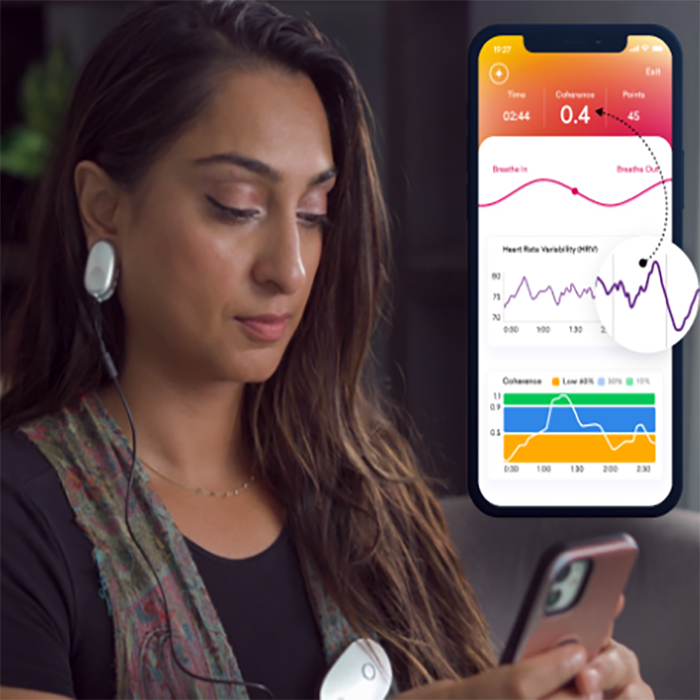
The HeartMath HRV Biofeedback device enhances heart rate variability (HRV). It is the best biofeedback pain management device for chronic pain conditions. This device is beneficial for:
- Fibromyalgia
- Arthritis pain
- Post-operative recovery
Improved HRV helps regulate the autonomic nervous system, reducing the intensity of pain and improving resilience to stress.
BioSignals 5 Sensor Skin Temperature Biofeedback Device for Circulation Issues
The BioSignals 5 Sensor Temperature Biofeedback device helps users regulate blood flow by increasing peripheral circulation. It is a highly effective pain management device for:
- Migraines
- Raynaud’s disease
- Cold-related pain
By improving circulation, this device provides long-lasting relief and prevents recurring symptoms.
Why Biofeedback is the Future of Pain Management
Biofeedback is emerging as a revolutionary approach to pain management, offering a natural, non-invasive alternative to traditional methods like medication. With its growing popularity, more people are discovering the benefits of using biofeedback to manage pain and improve overall well-being.
The Advantages of Biofeedback Over Medication
Biofeedback offers several advantages when compared to conventional pain management methods, particularly medication:
- No Side Effects: Unlike pain medications, biofeedback devices do not carry the risk of harmful side effects or dependency.
- Personalized Treatment: Biofeedback allows individuals to track and control their physiological responses in real-time, providing a tailored approach to pain relief.
- Long-Term Results: While medications often provide temporary relief, biofeedback helps users learn self-regulation techniques, leading to sustainable pain management over time.
- Improved Autonomy: Biofeedback empowers users to take control of their pain and health, helping them manage pain independently rather than relying solely on healthcare providers.
- Holistic Approach: Biofeedback targets the root causes of pain by training the body to achieve a balanced physiological state, helping users reduce stress and improve overall function.
How to Get Started with Biofeedback Pain Management
Starting with biofeedback for pain management is simple and accessible for most individuals:
- Choose the Right Device: Depending on your pain condition, select an appropriate biofeedback device, such as the Neurotrac Simplex Muscle EMG Biofeedback machine or the HeartMath HRV Biofeedback device.
- Consult a Professional: While biofeedback can be done at home, consulting with a healthcare provider or biofeedback therapist ensures you choose the correct modality and learn the proper techniques.
- Practice Regularly: Consistency is key for biofeedback success. Dedicate time each day to practice your chosen modality to see long-term benefits.
- Track Your Progress: Most biofeedback devices, including those from BioSignals, come with apps that help you monitor your progress, providing real-time feedback to keep you on track.
Biofeedback represents a forward-thinking approach to pain management, offering a sustainable, natural, and empowering solution for those seeking relief from chronic pain.
Effectiveness of Biofeedback Modalities for Pain Relief
EMG Biofeedback for Muscle Pain and Tension
- Effectiveness in Muscle Tension Relief: Studies have shown that EMG biofeedback can reduce muscle tension by 30-50% after consistent use. A study on chronic pain sufferers demonstrated a 40-60% reduction in pain intensity when using EMG biofeedback.
- Application for Tension Headaches: According to a meta-analysis, EMG biofeedback resulted in a 50-70% improvement in reducing the frequency and severity of tension headaches.
- Musculoskeletal Pain: Research indicates that EMG biofeedback can reduce chronic musculoskeletal pain by 40-60%, improving mobility and decreasing the need for pain medications.
Respiration Biofeedback for Stress-Related Pain
- Effectiveness in Reducing Stress: Studies have found that respiration biofeedback improves relaxation and reduces stress-related pain by 30-50%. A study on people with anxiety-induced pain showed a 50% reduction in pain intensity after 6 weeks of using respiration biofeedback.
- Pain from Anxiety and Stress: For patients with stress-related pain, respiration biofeedback was found to reduce pain by 45% and improve overall mental health by increasing relaxation.
HRV Biofeedback for Chronic Pain Relief
- Chronic Pain Management: In a study focused on individuals with chronic pain conditions like fibromyalgia, HRV biofeedback led to a 50-70% reduction in pain perception and anxiety levels.
- Fibromyalgia: Clinical trials show that HRV biofeedback can reduce pain and fatigue in fibromyalgia patients by 30-50% over 8-10 weeks of use.
- Arthritis Pain: Research has found that HRV biofeedback improved pain management for individuals with arthritis, reducing perceived pain intensity by 40% and improving the overall quality of life.
Skin Temperature Biofeedback for Circulation and Pain Relief
- Migraines and Headaches: Studies suggest that skin temperature biofeedback reduces the frequency of migraines by 40-60%, with significant improvement in headache intensity.
- Raynaud’s Disease: Skin temperature biofeedback has been shown to improve circulation and reduce pain from Raynaud’s disease by 50-70% after a few weeks of practice.
- Cold-Related Pain: Individuals using skin temperature biofeedback have reported a 30-50% reduction in cold-related pain and increased warmth in extremities.
General Effectiveness of Biofeedback for Pain Management
- Overall Pain Reduction: Meta-analyses on biofeedback for pain management indicate that biofeedback techniques can lead to an average pain reduction of 40-60%, with some individuals reporting long-lasting pain relief and enhanced physical function.
- Long-Term Benefits: Studies also indicate that people who use biofeedback techniques consistently over 6-12 weeks often experience sustained pain reduction and improvement in overall well-being.
Frequently Asked Questions About Biofeedback and Pain Relief
Biofeedback is effective for treating a variety of pain conditions, including:
- Chronic pain such as fibromyalgia, arthritis, and lower back pain.
- Musculoskeletal pain from neck pain, tension headaches, and sports injuries.
- Stress-related pain, including migraines, jaw pain, and chest tightness.
- Circulatory issues, such as Raynaud’s disease and cold-related pain.
By helping individuals regulate their physiological responses, biofeedback can significantly reduce pain levels and improve quality of life.
Biofeedback devices, such as the Neurotrac Simplex EMG Biofeedback machine and the HeartMath HRV Biofeedback device, have demonstrated strong effectiveness in pain relief. Research has demonstrated that biofeedback:
- It helps reduce the intensity and frequency of chronic pain.
- It improves muscle relaxation and reduces muscle tension, often a source of pain.
- It enhances circulation and reduces stress, both contributing to pain reduction.
While results can vary depending on the individual and their condition, consistent use of biofeedback devices can lead to significant pain relief and long-term management.
Yes, biofeedback can be used at home for managing chronic pain. Many biofeedback devices, such as the BioSignals Respiration and Skin Temperature Biofeedback device, are designed for use at home. These devices provide real-time feedback, allowing users to monitor and adjust their physiological responses. Home-based biofeedback offers flexibility and convenience, enabling users to practice pain management techniques regularly and at their own pace. It’s also a cost-effective solution for ongoing pain relief.

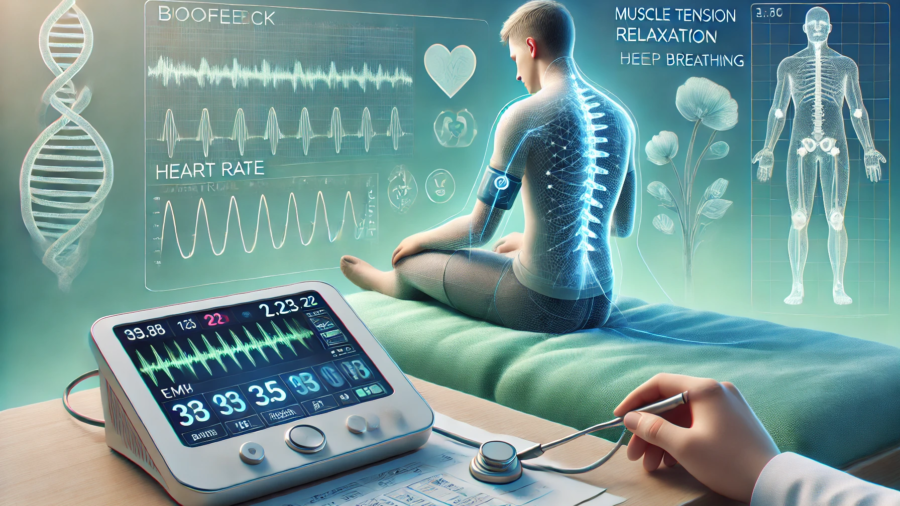
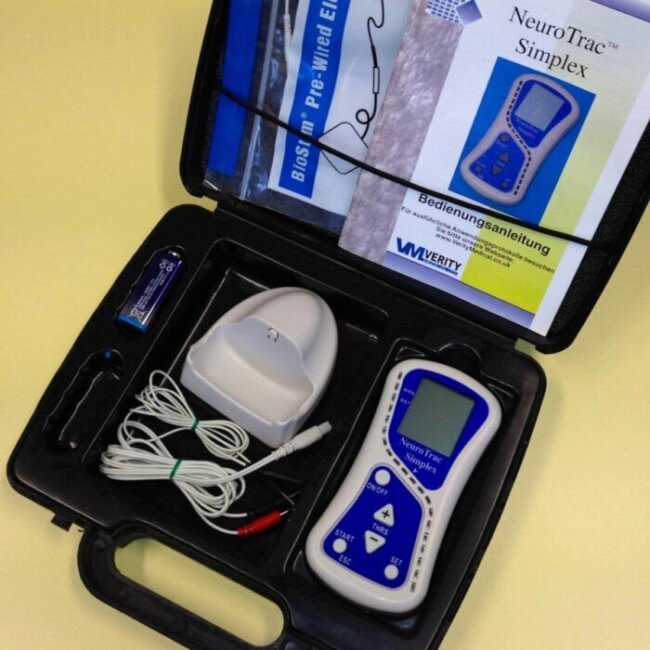
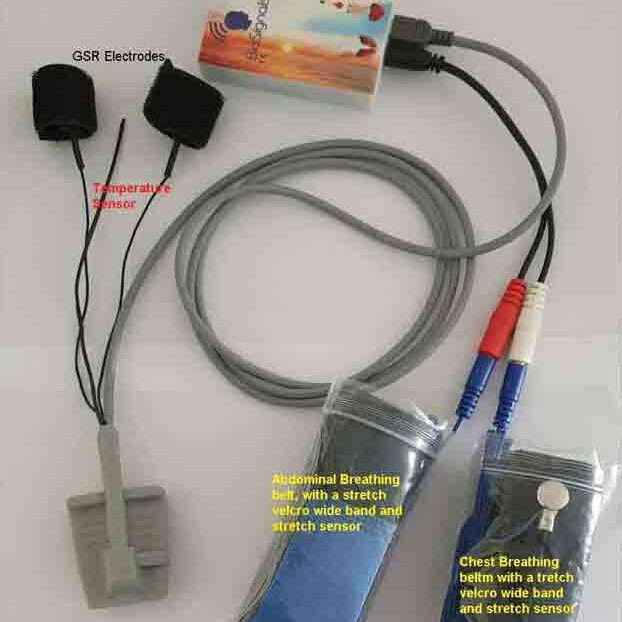



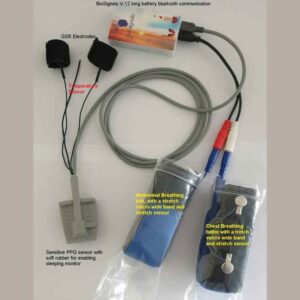
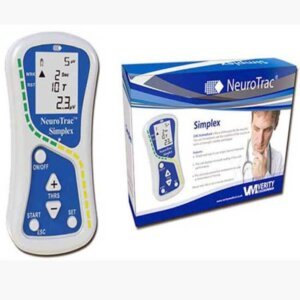


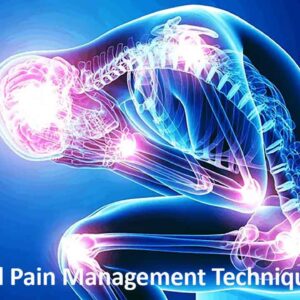
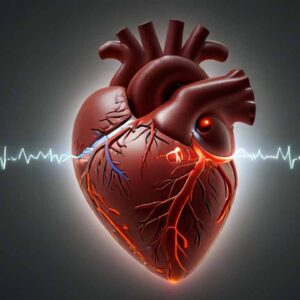
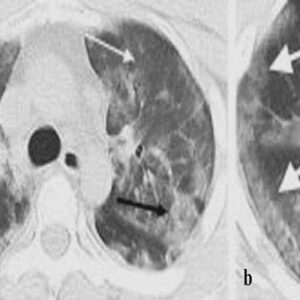
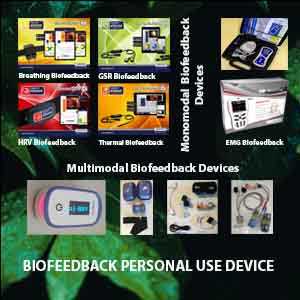
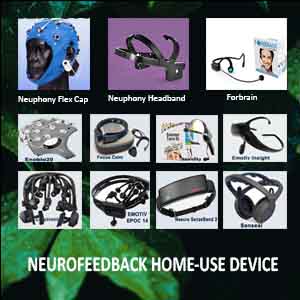
Regards for this post.